Bacteria of the species Streptococcus salivarius belong to the genus streptococci, to the firmicutes division, to the class Bacilli and order of lactic acid bacteria. Physiologically, they occur in the oral flora. Especially for immunocompromised people, there is always a risk of infection due to the colonization.
What is Streptococcus salivarius?
Streptococci are included in the firmicutes division in the bacterial domain and assigned to the Bacilli class. They belong to the order of the lactic acid bacteria or Lactobacillales and belong to the Streptococcaceae family. The genus Streptococcus includes various bacterial species. All species of the genus show gram-positive staining behavior.
One species of streptococci is the short-chain Streptococcus salivarius, which cannot actively move. In the past, the bacterium Streptococcus thermophilus was listed as a subspecies of this species, which was then known as Streptococcus salivarius subsp. thermophilus.
The bacteria of the species Streptococcus salivarius colonize the human mouth in the form of saprophytes a few hours after birth, where they use people more than they harm. Like most other bacteria, however, if they are carried into the blood, they can cause neutropenia and thus trigger sepsis (blood poisoning).
Occurrence, Distribution & Properties
The genus Streptococcus includes various bacterial species that are approximately spherical in shape and are usually arranged in chains. The representatives of the species Streptococcus salivarius are considered aerotolerant. This means that they can use oxygen for their metabolism, but are basically not dependent on it. Your metabolism is facultatively anaerobic and you can use alternative oxidizing agents instead of oxygen in your energy metabolism.
The cocci-shaped bacteria grow, like many other [[cocci],] in short chains. They are saprophytes that do not perform chemo- or photosynthesis. They feed exclusively heterotrophically and consequently use organic, dead substances to generate energy and to build up the body's own substances. Energy-rich substances are broken down by them and converted into inorganic substances.
In humans, saprophytes such as Streptococcus typically colonize inner and outer body surfaces. Streptococcus salivarius bacteria colonize the human mouth immediately after birth.
Meaning & function
Together with the related species Streptococcus sanguis, the bacteria of the species Streptococcus salivarius settle on the plaque of the teeth shortly after birth, where they create an optimal environment for other cocci. These other cocci form the so-called oral flora or bacterial primary flora of the oral cavity.
All cocci species maintain contact with one another and are capable of symbiotic relationships. Streptococcus mutans, for example, extracts glycoproteins from food substances in the saliva that other bacteria can use as food. Together with the Streptococcus sobrinus, it forms a matrix with an anaerobic milieu, which prevents alien aerobic bacteria from colonizing the oropharynx.
Since bacteria of the species Streptococcus salivarius ultimately prepare the living environment for the bacteria of the healthy oral flora and interact with these bacteria, they are of use to humans. However, this only applies to a certain extent. Due to the fluid boundary between saprophytes and parasites, an organism of the species Streptococcus salivarius can change from a harmless roommate to a pathogenic parasite, especially for people with an immunological deficit.
Such an infection is called an opportunistic infection. Since the infection in this case is due to bacteria from the body's own flora, it is also an endogenous infection. For healthy people with a strong constitution, the benefit of Streptococcus salivarius outweighs, while older and otherwise weakened people carry the risk of infection due to the colonization.
Illnesses & ailments
Bacteria such as Streptococcus mutans are primarily known as caries bacteria. The colonization with Streptococcus salivarius also promotes the colonization of the teeth with the caries bacteria due to the symbiotic relationship between the individual cocci species. Together with the Streptococcus sobrinus, these bacteria attach to the primary flora built up by Streptococcus salivarius on the teeth and are found in an ecological niche.
The bacteria in the oral flora form lactate and other acids by ingesting carbohydrates and sugars. The acidity of these acids lowers the pH environment in the oral cavity. The resulting acidic milieu releases substances from the apatite lattice of the tooth enamel, especially carbonates, fluorine and phosphates. In this way, the tooth enamel loses its hardness bit by bit, so that the teeth become infected with initial caries. If the caries progresses, it is called enamel caries, pulp caries or dentine caries.
The consequences of an actual infection with Streptococcus salivarius are even worse. This can occur, for example, when the bacteria are carried into the blood. Such a carryover is usually preceded by dental operations, in which the bacteria enter the bloodstream and can cause bacteremia.
For patients with a strong immune system, bacteremia is only brief, as their immune system fights and eliminates the microorganisms before they can spread in the body. In immunologically weakened patients, bacteremia lasts longer and, if left untreated, can lead to sepsis, which is often accompanied by a decrease in white blood cells. Sepsis is a life-threatening condition and corresponds to a systemic inflammatory reaction of the entire body. The bacteria also reach vital organs via the bloodstream. For example, they can cause inflammation of the inner lining of the heart.

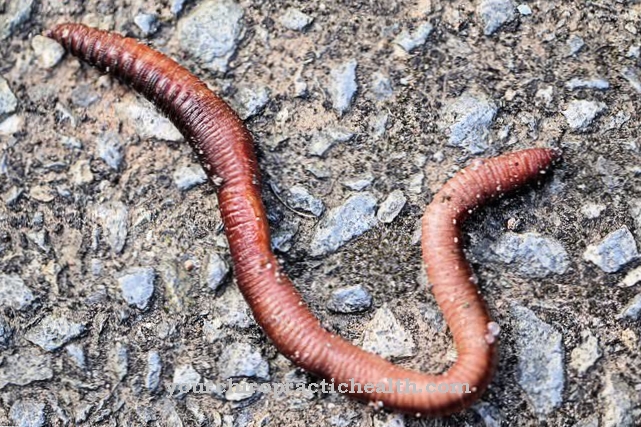

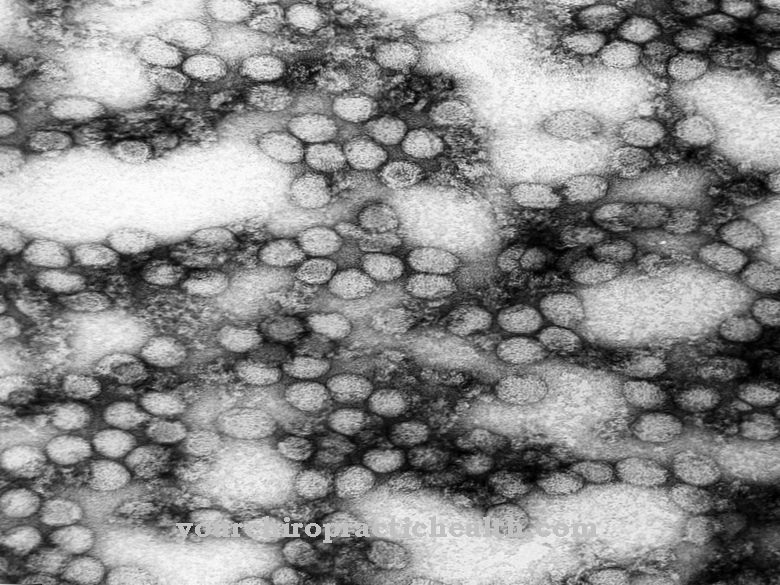
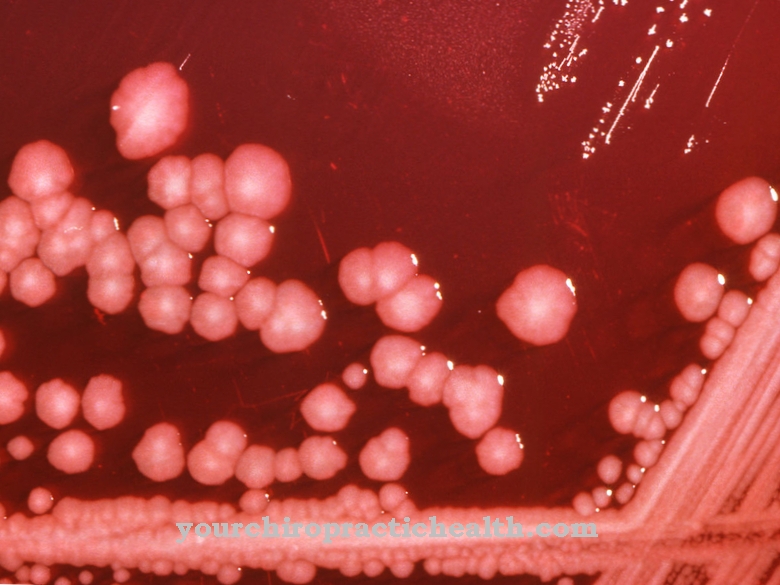
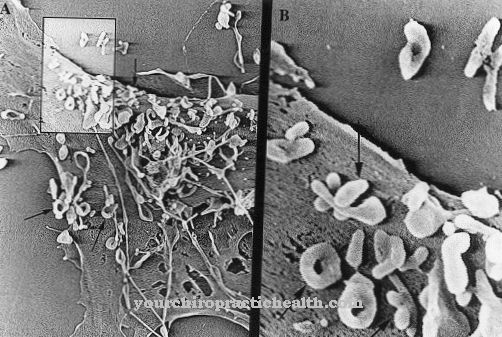
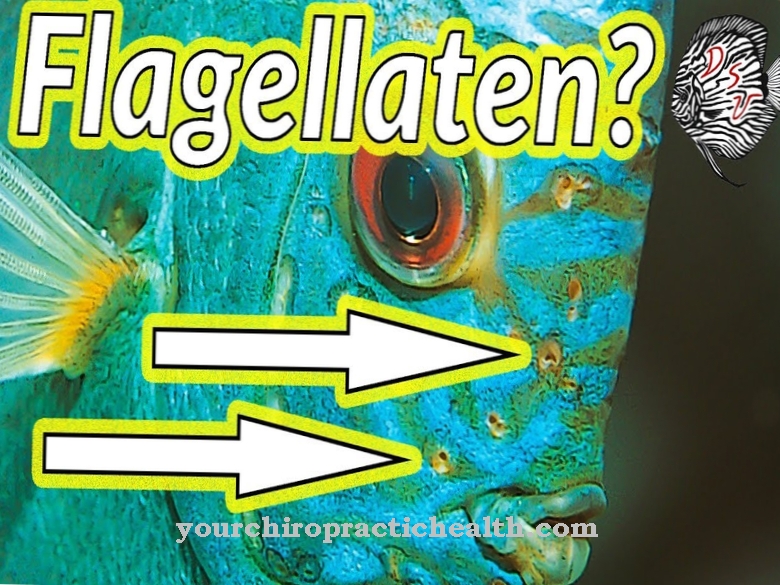


















.jpg)


